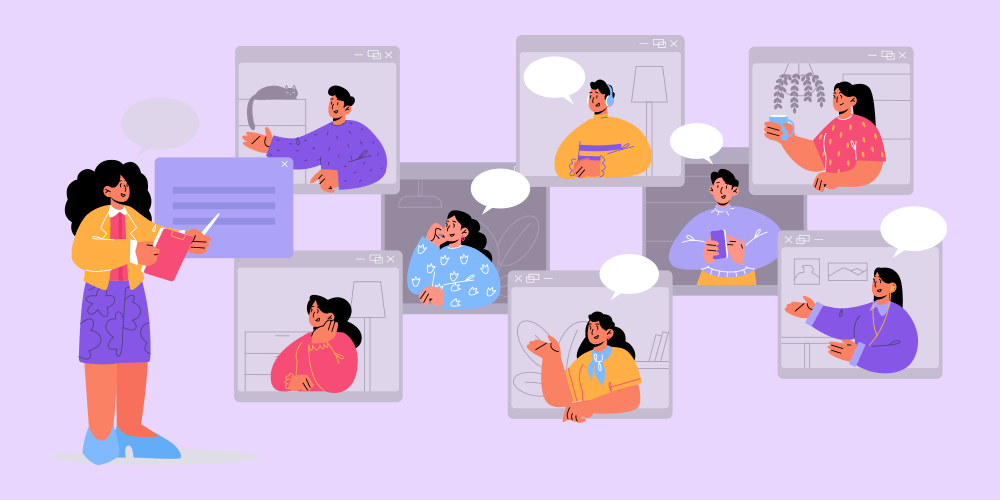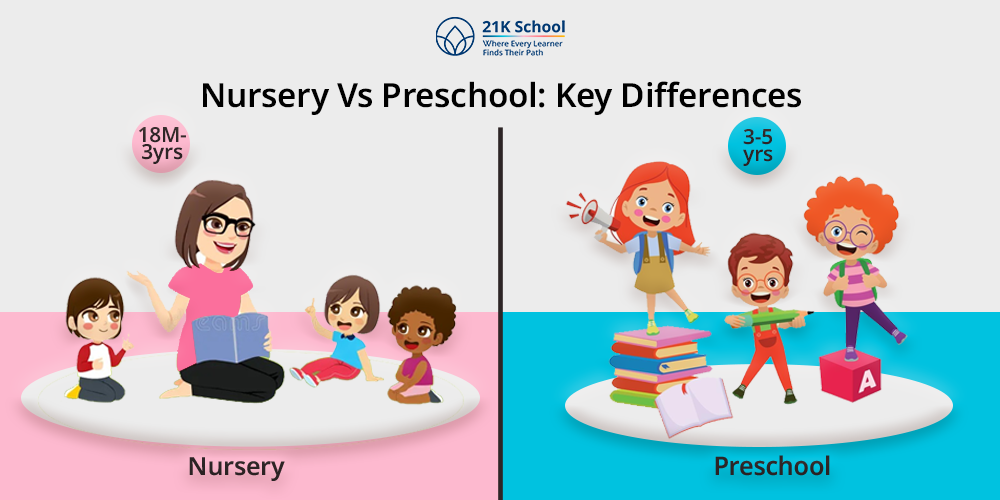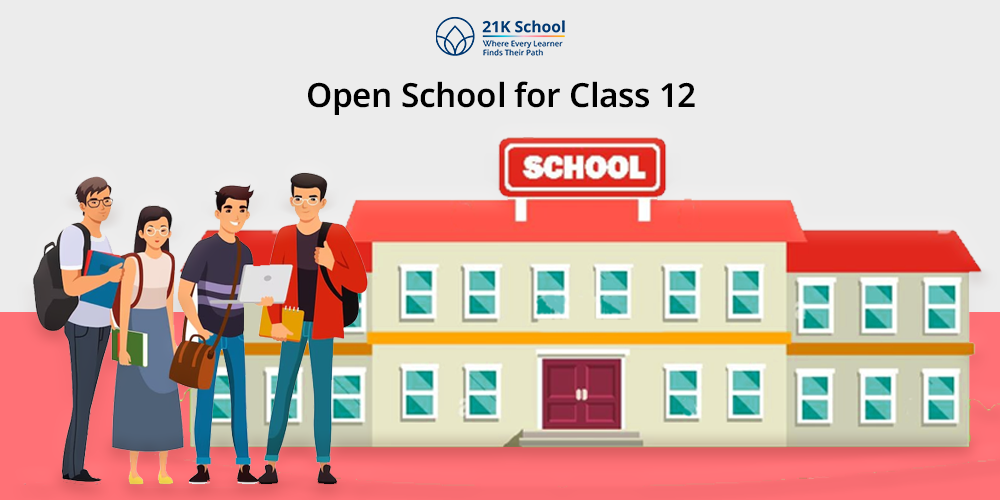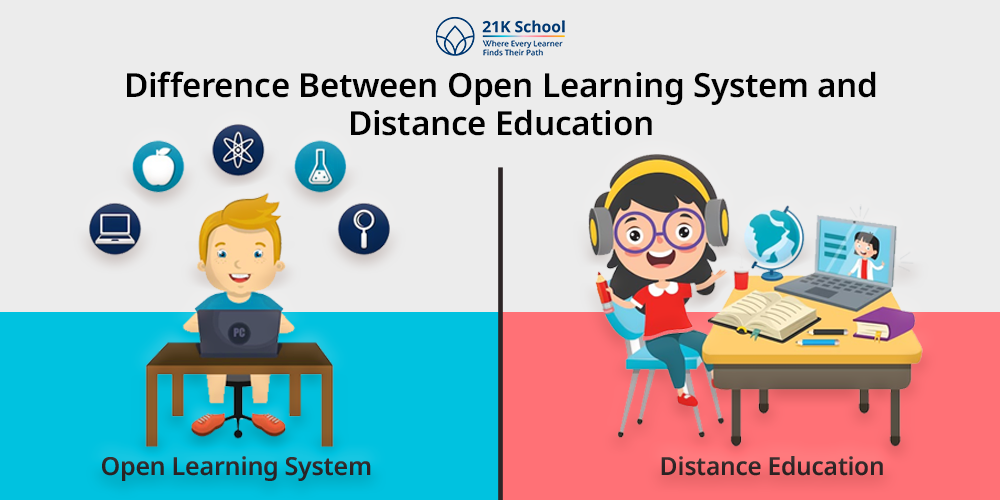
Virtual classrooms break the traditional methods of learning. Through the pandemic, many experimental processes have been witnessed in the world of academics, and most of these have been successful. Although the accessibility and convenience of a virtual classroom are commendable, it is difficult to engage every student and nurture creativity.
Contents
10 ways to enhance creativity in a classroom:
1. Flexibility in a Classroom
A prerequisite to creativity is creative freedom. A highly disciplined and regulated classroom has very little scope for creativity. In such classrooms, students feel uncomfortable expressing themselves, and once their expression is suppressed, creative thoughts cannot arise in them. Thus, flexibility is a must for a creative classroom. There can be a basic set of rules; however, they should not be strictly implemented, and a positive teacher-student relationship should be maintained.
2. Team Building
Collaboration is another way to allow students to become comfortable in a classroom. Team building exercises and activities increase peer-to-peer trust and allow them to take the chance of making mistakes in front of their classmates. It will also allow them to voice unconventional ideas securely and expect that their peers will understand and support them. Working in a team curbs unhealthy competition, something that affects creativity negatively.
3. Audiovisual Lessons
Traditional lessons are not ideal for virtual classrooms. Vocal instructions become boring in online classes , and students require higher sensory stimulation. Audiovisual lessons are ideal to peak the curiosity of students. Visual lessons can stimulate a student’s mind in unpredictable ways. Thus, creativity is born.
4. Free Writing
Creativity and freedom are closely interrelated. Free writing is one of the most effective ways to open a student’s mind to creative ideas . You can start with loosely defined topics that students can write about. Fictional topics work best for this purpose. They can alternately write about simple events from their day and make this a regular habit. Within a matter of weeks, their creative flow in education will be enhanced.
5. Brainstorming
Brainstorming is often associated with productivity, but the end goal of brainstorming is to channelize creativity. In a virtual classroom, brainstorming has two advantages: First, students will participate in classroom discussions, and second, they will try to be creative and add something new to the classroom. Brainstorming sessions have a great impact on performance as well. When students engage in these sessions, their concentration is fully committed to the class, and they are not distracted.
6. Game Learning
Conventional forms of learning can make a student’s mind one-tracked. When learning is gamified, students are open to it. They can absorb knowledge more organically and express it in creative ways. Game learning has proven to increase the attention span of students who find it difficult to sit with their studies.
7. Interactive Sessions
Dialogues between students and teachers can make the general environment of a virtual class positive. Interactive sessions go way beyond academics. To enhance creativity in a classroom, general topics can be discussed rather than those from the syllabus. Interaction between students can also help make the classroom free and remove interpersonal barriers.
8. Role Reversals
A common way of making students overcome their fear of speaking and discussing in a classroom is to encourage them to teach. This practice allows students to show not only how much they are interested in a particular subject but also how well they can apply it. While explaining concepts in a class, a student is allowed to empathize with a teacher which can go a long way in enhancing the student’s relationship with the teacher.
9. Mindfulness
Physical presence in a virtual classroom is not possible. Due to this, a student must be present mentally and be fully connected to the process of learning. Mindfulness is like a habit. It can be learnt at any stage of life. Practising mindfulness exercises with students at the beginning of a virtual education can be extremely beneficial. Only a mindful mind can be creative.
10. Participation
Participation is the most important ingredient for creativity. If a student has blockages, he/she cannot allow creativity to flow. Participation ensures that a student is paying attention in class, and once he/she is engaged, creativity is bound to flow.



